Sustainability Initiatives
The Joint Compound Market is increasingly influenced by sustainability initiatives. Manufacturers are focusing on eco-friendly products that minimize environmental impact. This shift is driven by consumer demand for greener building materials, which has led to the development of low-VOC and biodegradable joint compounds. As regulations tighten around construction materials, companies that prioritize sustainability are likely to gain a competitive edge. The market for sustainable joint compounds is projected to grow, reflecting a broader trend towards environmentally responsible construction practices. This focus on sustainability not only meets regulatory requirements but also appeals to environmentally conscious consumers, thereby expanding the market reach of manufacturers.
Technological Advancements
Technological advancements play a crucial role in shaping the Joint Compound Market. Innovations in formulation and application techniques have led to the development of faster-drying and easier-to-apply joint compounds. These advancements enhance productivity for contractors and reduce labor costs, making them attractive options in the construction sector. Moreover, the integration of digital tools for application and measurement is becoming more prevalent, allowing for greater precision and efficiency. As technology continues to evolve, it is expected that the Joint Compound Market will see an influx of new products that cater to the needs of modern construction practices, potentially increasing market share for tech-savvy manufacturers.
Growth of the Construction Sector
The Joint Compound Market is closely tied to the growth of the construction sector. As infrastructure development and residential construction projects increase, the demand for joint compounds is expected to rise correspondingly. Recent statistics indicate that construction spending has been on an upward trajectory, driven by both public and private investments. This growth is likely to create a favorable environment for joint compound manufacturers, as they supply essential materials for drywall installation and finishing. The expansion of the construction sector not only boosts sales but also encourages innovation within the Joint Compound Market, as companies strive to meet the evolving needs of builders and contractors.
Rising Demand in Renovation Projects
The Joint Compound Market is experiencing a surge in demand due to the increasing number of renovation projects. Homeowners and commercial property owners are investing in renovations to enhance property value and aesthetics. This trend is particularly pronounced in urban areas where older buildings require updates to meet contemporary standards. According to recent data, the renovation sector is projected to grow significantly, which in turn boosts the demand for joint compounds used in drywall finishing. As more projects emerge, manufacturers in the Joint Compound Market are likely to benefit from this trend, leading to increased sales and market expansion.
Increased Focus on Aesthetic Finishes
The Joint Compound Market is witnessing an increased focus on aesthetic finishes in construction and renovation projects. As design trends evolve, there is a growing demand for smooth, flawless wall surfaces that enhance the overall appearance of interiors. This trend is prompting contractors and builders to seek high-quality joint compounds that provide superior finish and durability. The emphasis on aesthetics is likely to drive innovation in product formulations, leading to the introduction of joint compounds that cater specifically to design-oriented applications. As consumer preferences shift towards visually appealing spaces, the Joint Compound Market is expected to adapt, potentially leading to increased market opportunities for manufacturers.
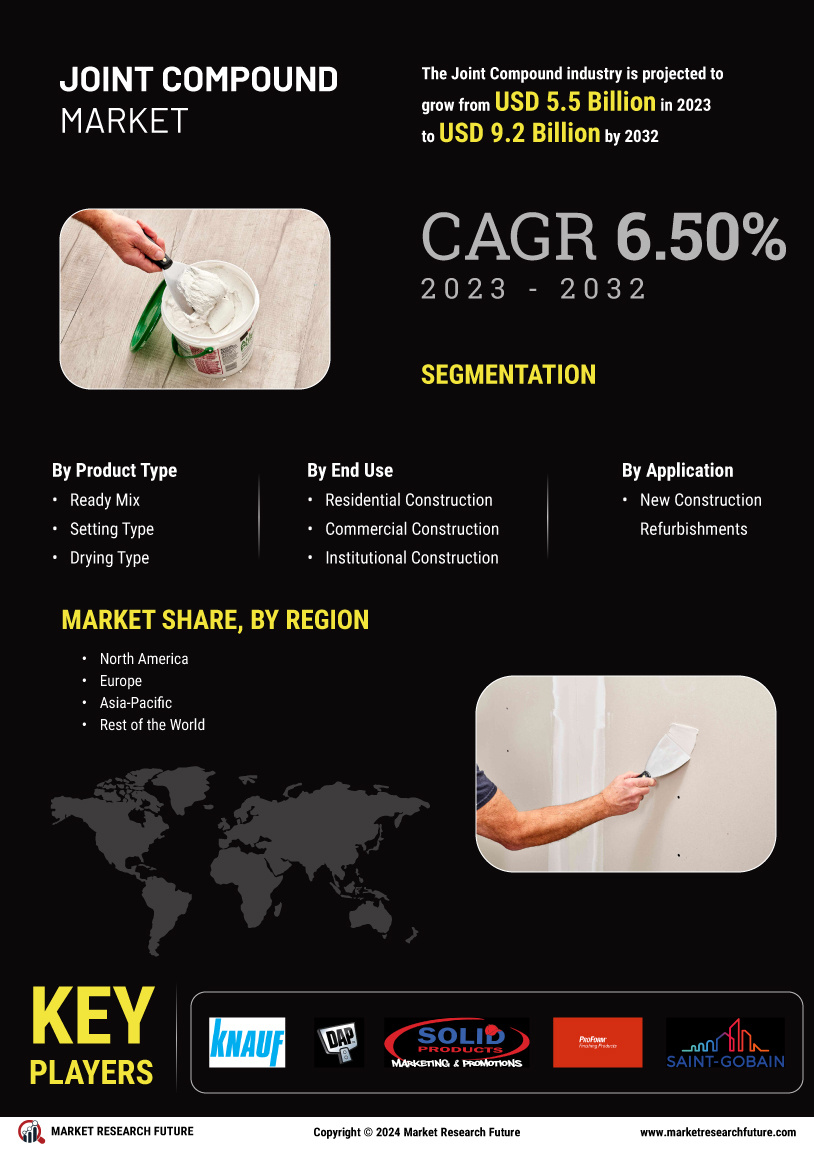



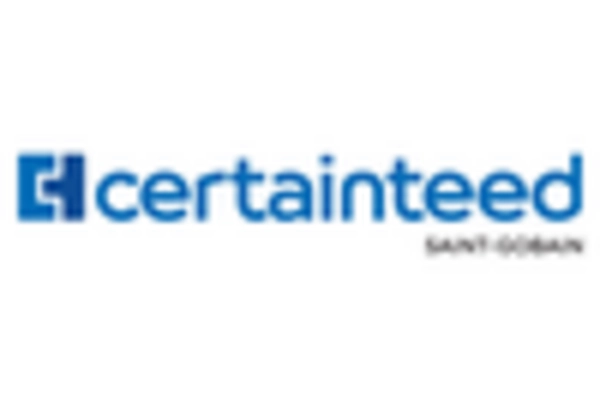
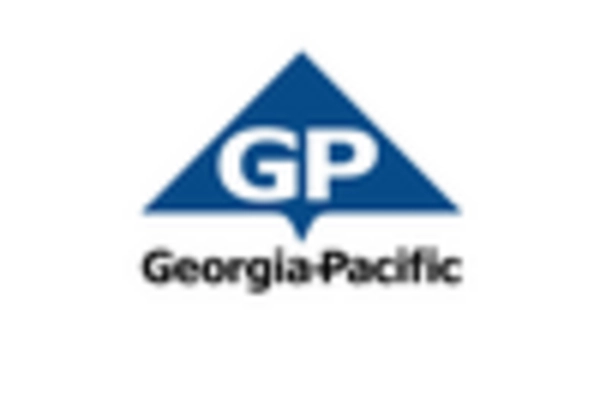
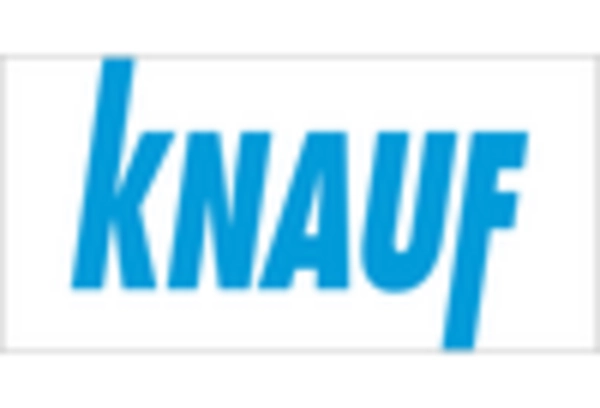
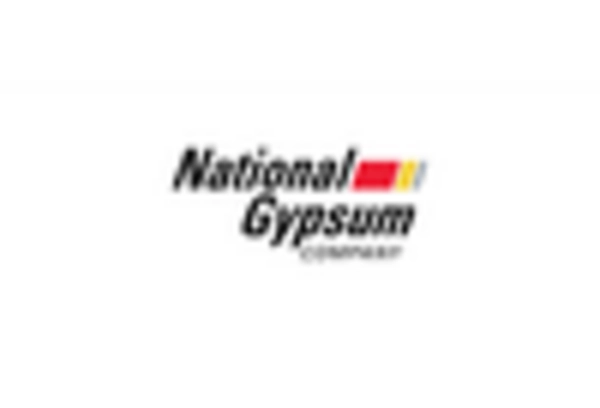










Leave a Comment